New home, higher altitude, unsure of garden zone
stevation
12 years ago
Related Stories

MOST POPULARKitchen Evolution: Work Zones Replace the Triangle
Want maximum efficiency in your kitchen? Consider forgoing the old-fashioned triangle in favor of task-specific zones
Full Story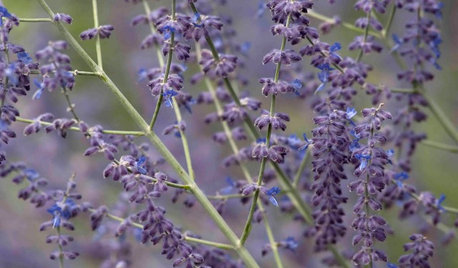
SPRING GARDENINGGreat Design Plant: Russian Sage
Silvery stems in winter and a haze of purple blooms in spring and summer make this spiky plant a year-round performer in the garden
Full Story
LANDSCAPE DESIGNCelebrate a Sunny Climate With the Right Leafy Palm for Your Site
So you get freezes or floods. So your garden is small. These palms send excuses riding off into the tropical sunset
Full Story
NATIVE PLANTSGreat Design Plant: Wild Bergamot, Friend of Foragers
Nourish butterflies and other winged creatures with the tubular flowers of Monarda fistulosa, a pretty pink native
Full Story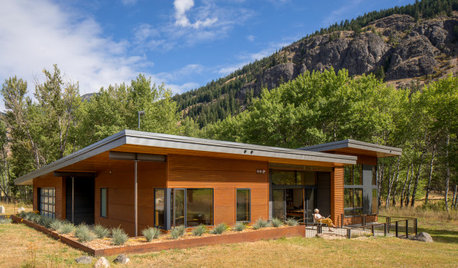
LANDSCAPE DESIGNHow to Make Your Metal House Feel at Home in the Landscape
Pull textures and hues from home to garden while allowing nature to take its course
Full Story
GROUND COVERSNative Alternatives to English Ivy, Japanese Pachysandra and Periwinkle
These shade-loving ground covers are good for the environment and say something about where you are
Full Story
EARTH DAYGrow a Beautiful Garden With Ecofriendly Greywater
Reducing home water waste means lower bills and a healthier planet. Here's how to set up a greywater home irrigation system that can help
Full Story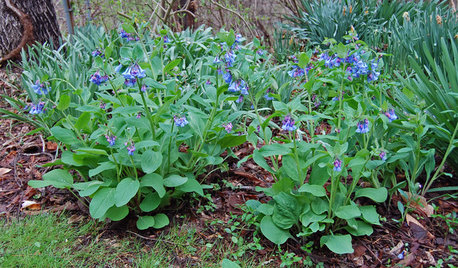
GARDENING GUIDESGreat Design Plant: Mertensia Virginica
Virginia bluebells provides relief from winter with a big display of color
Full Story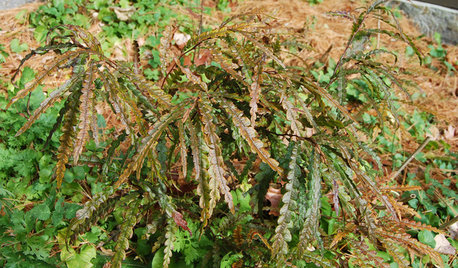
GARDENING GUIDESGreat Design Plant: Comptonia Peregrina
Though not a fern, sweet fern sure smells sweet and thrives in tough spots where many shrubs and ferns cannot
Full Story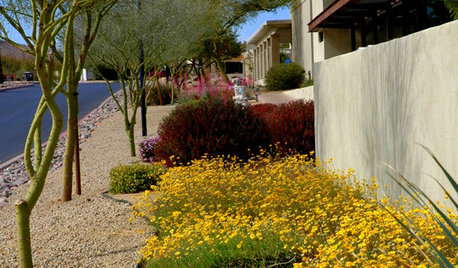
GARDENING GUIDESGreat Native Plant: Angelita Daisy
Want a pretty perennial that can handle high and low temps with little fuss? Versatile angelita daisy is your workhorse
Full StoryMore Discussions






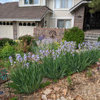
digit
Skybird - z5, Denver, Colorado
Related Professionals
New Bedford Landscape Architects & Landscape Designers · Folsom Landscape Architects & Landscape Designers · Montgomeryville Landscape Architects & Landscape Designers · Cincinnati Landscape Contractors · Duarte Landscape Contractors · Gainesville Landscape Contractors · Hawthorne Landscape Contractors · Hoffman Estates Landscape Contractors · Hollywood Landscape Contractors · Hurricane Landscape Contractors · Milford Mill Landscape Contractors · Elmhurst Solar Energy Systems · Syosset Solar Energy Systems · Wakefield Solar Energy Systems · Eden Prairie Solar Energy Systemsdavid52 Zone 6
stevationOriginal Author
david52 Zone 6
stevationOriginal Author
stevationOriginal Author
david52 Zone 6
digit
david52 Zone 6
stevationOriginal Author
stevationOriginal Author
david52 Zone 6
Beeone
stevationOriginal Author
digit
Skybird - z5, Denver, Colorado
stevationOriginal Author
mary_max
stevationOriginal Author